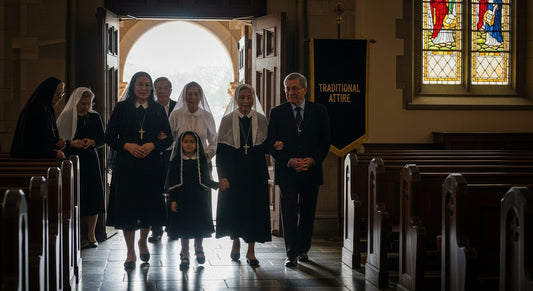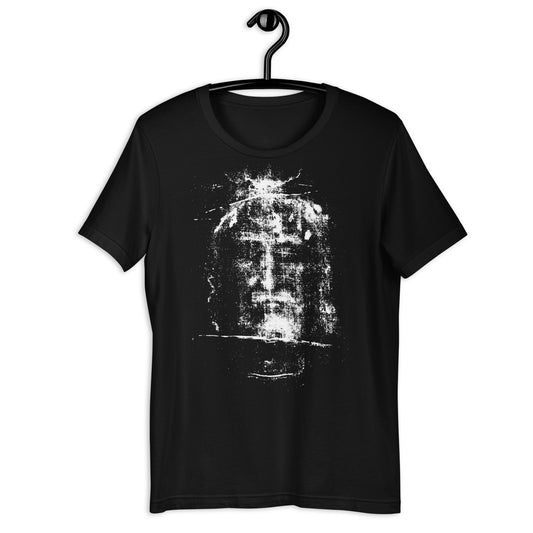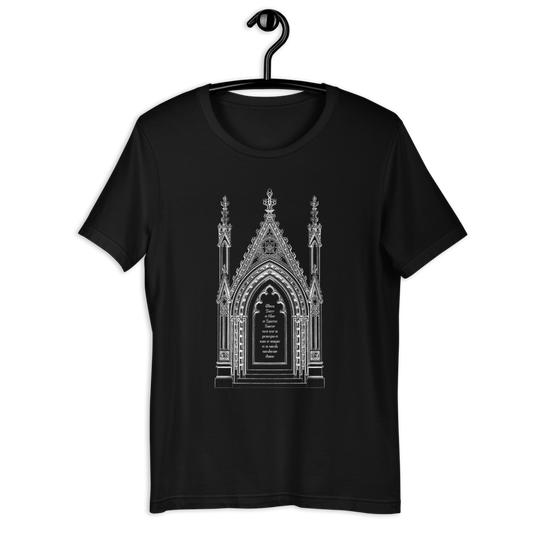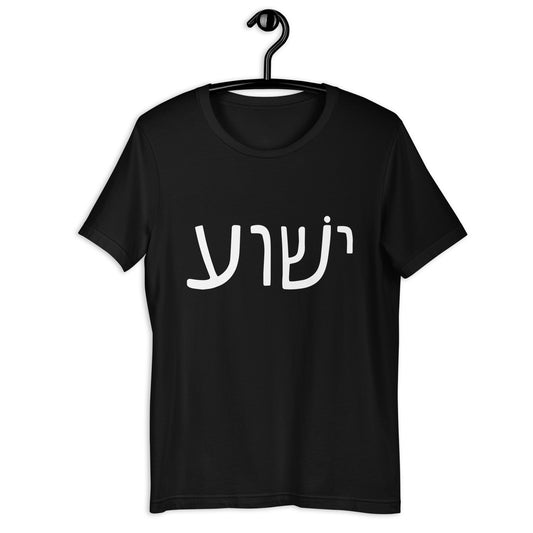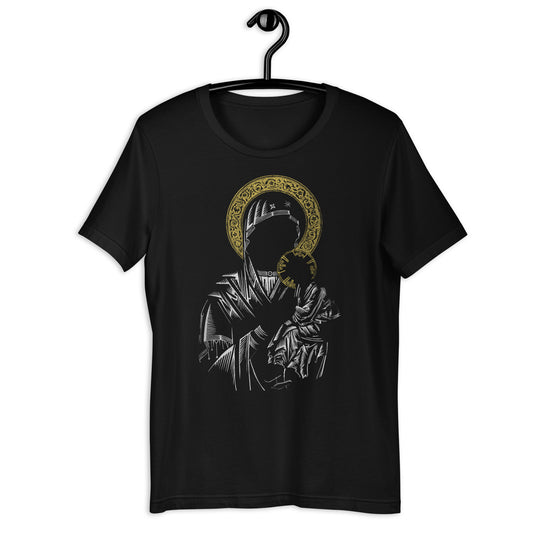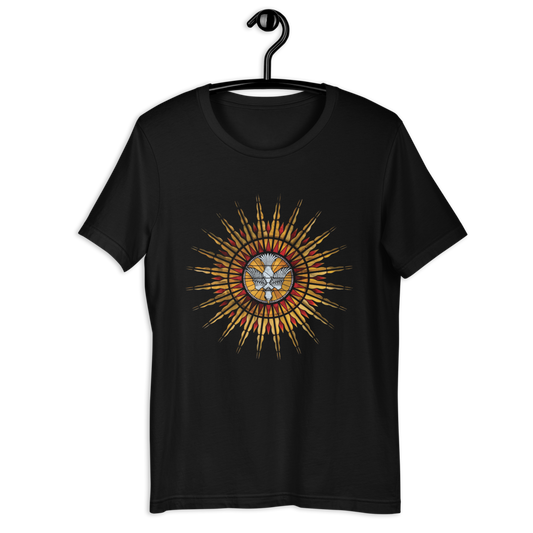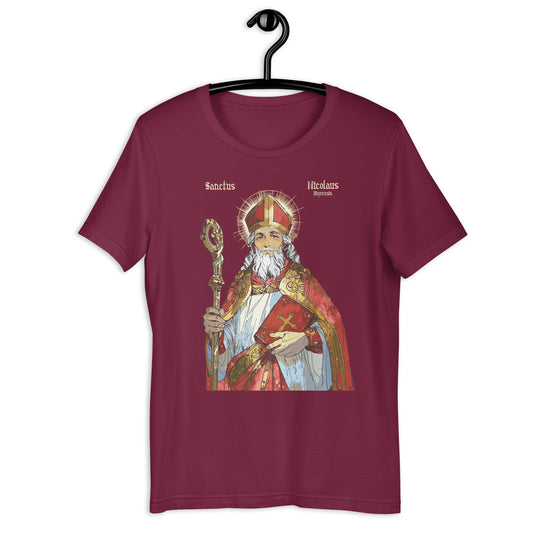Religious imagery shows up everywhere, from ancient cathedrals to modern streetwear, and for many it’s a direct link to centuries of faith and tradition. Some may think these sacred visuals are just old art or trendy graphics. Yet over 70 percent of global believers say religious symbols deeply impact their personal spiritual life. The real surprise is that wearing them is less about fashion and more about shaping conversations, sparking reflection, and building spiritual connection in totally new ways.
Table of Contents
- Understanding The Significance Of Religious Imagery
- Cultural Perspectives On Wearing Religious Apparel
- Theological Insights On Images Of Jesus
- Personal Faith And Expression Through Clothing
- Navigating Controversies Around Religious Symbols
Quick Summary
| Takeaway | Explanation |
|---|---|
| Religious imagery teaches faith | It facilitates understanding of biblical stories for believers, especially those with limited literacy. |
| Wearing religious attire fosters dialogue | Clothing with religious imagery acts as a subtle platform for interfaith conversations and personal expression. |
| Intent matters in symbolism | The intent behind using religious imagery shapes its spiritual impact and dialogue potential. |
| Cultural contexts influence interpretation | Different societies perceive religious apparel through unique cultural lenses, affecting its meanings and significance. |
| Responsible engagement is critical | Wearing religious symbols requires sensitivity towards their spiritual significance and cultural interpretations. |
Understanding the Significance of Religious Imagery
Religious imagery represents more than just visual representations of sacred figures or events. These powerful artistic expressions serve as profound spiritual communication tools that transcend simple visual aesthetics. In the context of Catholic tradition, religious imagery carries deep theological and cultural significance that connects believers to their faith through visual storytelling.
The Theological Foundations of Sacred Visual Representations
Religious imagery has been a cornerstone of Christian spiritual expression for centuries. Early Christian art studies reveal that visual representations were critical in teaching biblical narratives and theological concepts to populations with limited literacy. Icons, paintings, sculptures, and now modern clothing designs function as windows into spiritual understanding, allowing complex theological ideas to be communicated through accessible visual language.
In Catholic tradition, religious imagery serves multiple spiritual purposes:
- Educating believers about biblical stories and saints
- Providing visual meditation points for prayer and reflection
- Preserving and transmitting theological narratives across generations
Cultural and Spiritual Communication Through Visual Symbols
When individuals choose to wear religious imagery, they engage in a form of personal testimony and spiritual expression.
Research on religious symbolism suggests that such visual representations are not merely decorative but serve as powerful communication tools that invite dialogue and personal reflection.
For Catholics specifically, wearing religious imagery on clothing like t-shirts becomes a form of quiet evangelization. Read more about evangelizing through apparel as a modern method of sharing faith. It transforms personal attire into a medium of spiritual connection, allowing individuals to share their beliefs subtly yet meaningfully in contemporary social contexts.
The intentionality behind religious imagery matters profoundly. It is not about creating spectacle but about fostering genuine spiritual connection and inviting contemplative dialogue about faith, tradition, and personal belief systems.
Cultural Perspectives on Wearing Religious Apparel
Wearing religious imagery through clothing represents a complex intersection of personal faith, cultural expression, and social communication.
The table below compares how different cultures view and interpret the act of wearing religious apparel, based on points mentioned in the article.
| Cultural Perspective | Meaning and Implication |
|---|---|
| Personal Spiritual Declaration | Public statement of faith and belief |
| Interfaith Dialogue Invitation | Opens opportunities for conversation with people of other faiths |
| Cultural Heritage Representation | Reflects community identity and shared tradition |
| Quiet Evangelization | Subtle way to share and spread religious beliefs |
| Social Branding | Expresses faith as part of personal or group identity |
| Spiritual Connectivity | Strengthens individual’s connection to their beliefs |
| This practice transcends mere fashion choices, becoming a nuanced form of spiritual and personal identity representation that varies significantly across different cultural and religious contexts. |
Global Interpretations of Religious Clothing Symbolism
Anthropological research on religious dress reveals that clothing bearing religious imagery functions as more than a fashion statement. It serves as a powerful medium of personal testimony, cultural belonging, and spiritual connectivity. Different societies interpret religious apparel through unique cultural lenses that reflect complex historical, social, and theological dynamics.
Key cultural perspectives on religious clothing include:
- A form of personal spiritual declaration
- An invitation for interfaith dialogue
- A representation of cultural heritage and identity
- A method of quiet evangelization
Navigating Social Perceptions and Personal Expression
The decision to wear religious imagery is deeply personal yet simultaneously public. Contemporary sociological studies demonstrate that individuals who choose religious apparel navigate intricate social landscapes, balancing personal conviction with potential societal reactions. Explore contemporary Catholic fashion trends to understand how modern believers express their faith through clothing.
Wearing religious t-shirts becomes a strategic form of personal branding where faith intersects with contemporary social communication. It represents a deliberate choice to make one’s spiritual beliefs visible in a secular world, transforming personal attire into a platform for potential spiritual conversations and reflections.
Theological Insights on Images of Jesus
The theological understanding of religious imagery, particularly representations of Jesus, involves complex historical, scriptural, and spiritual considerations. These visual depictions are not merely artistic expressions but carry profound theological significance that reflects deep spiritual traditions and interpretations.
Biblical Foundations and Sacred Representation
Historical theological research reveals that religious imagery has been a subject of nuanced theological debate throughout Christian history. The Second Commandment’s prohibition against creating graven images initially created tension around visual representations of divine figures. However, Catholic theological tradition interprets these representations as windows into spiritual understanding rather than objects of worship.
Key theological principles governing religious imagery include:
The following table outlines the major theological principles that shape the understanding and use of images of Jesus in Christian traditions as discussed in the article.
| Principle | Explanation |
|---|---|
| Veneration vs. Worship | Distinguishing honoring images from worshiping them |
| Spiritual Teaching Tool | Using imagery to educate and deepen understanding |
| Pathway to Contemplation | Serving as an aid to prayer and spiritual reflection |
| The Image vs. Divine Reality | Not conflating the symbol with the divine presence itself |
| Intentionality of Use | Focusing on respectful and purposeful display |
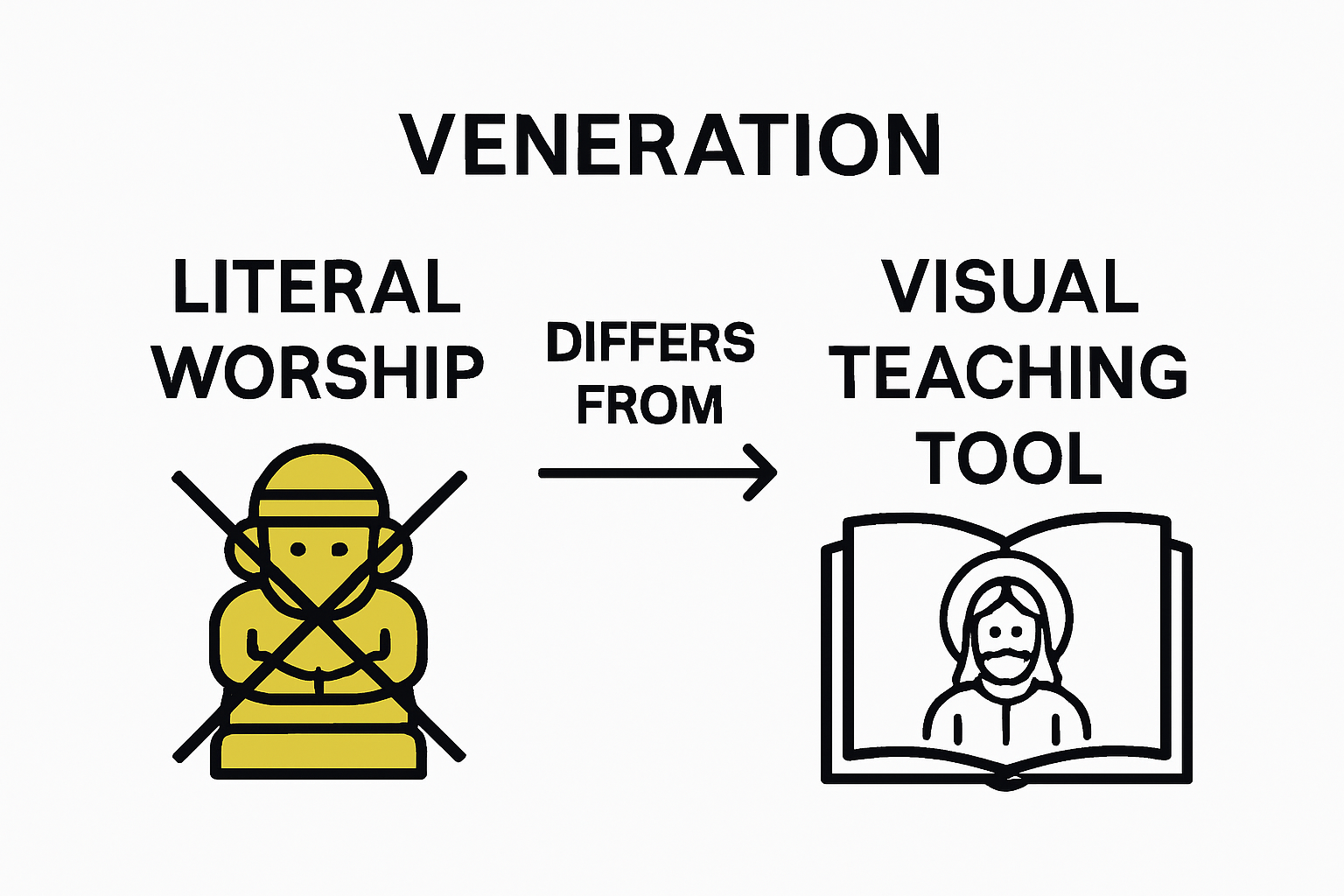
- Distinguishing between veneration and worship
- Recognizing images as spiritual teaching tools
- Understanding representations as pathways to deeper contemplation
- Maintaining the distinction between the image and the divine reality
Spiritual Intentionality in Visual Depictions
The theological perspective on Jesus imagery emphasizes spiritual intentionality over literal representation. Catholic aesthetic studies suggest that these visual representations serve multiple spiritual purposes: educating believers, facilitating meditation, and creating connections with sacred narratives.
When individuals wear t-shirts or clothing featuring Jesus imagery, the theological interpretation centers on the intention behind the representation. It is not about creating a precise physical likeness but about generating spiritual reflection, inspiring faith conversations, and maintaining a respectful, contemplative approach to sacred imagery.
Personal Faith and Expression Through Clothing
Clothing transcends its basic functional purpose, emerging as a powerful medium of personal identity, spiritual communication, and cultural dialogue. For many believers, attire becomes a nuanced language through which they articulate their deepest convictions, spiritual journeys, and theological perspectives.
The Symbolic Language of Personal Attire
Research on religious dress practices demonstrates that clothing is far more than fabric and design. It represents a dynamic form of non verbal communication where individuals strategically express their innermost beliefs, values, and spiritual commitments.
Personal faith expression through clothing manifests in multiple significant ways:
This table summarizes key ways that personal faith expression through clothing manifests for believers, highlighting their significance as noted in the article.
| Mode of Expression | Purpose or Impact |
|---|---|
| Visual Testimony | Publicly demonstrates spiritual identity |
| Initiating Interfaith Conversation | Encourages dialogue about faith and spirituality |
| Theological Commitment | Reveals one’s dedication to specific beliefs |
| Challenging Secular Narratives | Stands as a statement against nonreligious norms |
| Spiritual Authenticity | Helps maintain faithfulness in diverse environments |
- Creating visual testimonies of spiritual identity
- Initiating potential interfaith conversations
- Representing personal theological commitments
- Challenging secular cultural narratives
- Maintaining spiritual authenticity in diverse social environments
Navigating Spiritual Authenticity in Contemporary Contexts
In an increasingly secular world, clothing becomes a nuanced instrument of spiritual resistance and affirmation. Explore essential tips for choosing meaningful Catholic t-shirts to understand how modern believers strategically use apparel as a form of quiet evangelization.
Wearing religious imagery is not about creating spectacle but about embodying intentional spiritual presence. It transforms personal attire into a subtle yet powerful platform for sharing faith, inviting reflection, and maintaining spiritual integrity in diverse social landscapes. The clothing becomes a bridge between personal conviction and public dialogue, allowing individuals to communicate their beliefs without aggressive proclamation.

Navigating Controversies Around Religious Symbols
Religious symbols exist within complex social landscapes where interpretation, respect, and personal conviction intersect. These visual representations often spark nuanced debates about appropriateness, spiritual integrity, and cultural sensitivity that extend far beyond simple aesthetic choices.
Theological and Cultural Tensions in Symbol Representation
Academic research on religious iconography reveals that religious symbols generate profound tensions between theological authenticity and cultural interpretation. Different faith traditions maintain varying perspectives on how sacred imagery should be presented, worn, or displayed in public spaces.
Key controversies surrounding religious symbol representation include:
- Balancing theological reverence with contemporary expression
- Addressing potential misinterpretations of sacred imagery
- Protecting spiritual symbols from commercial commodification
- Maintaining respectful boundaries of sacred representation
- Navigating diverse cultural understandings of religious iconography
Ethical Considerations in Religious Imagery Deployment
The deployment of religious symbols, particularly images of Jesus, requires careful theological and cultural discernment. Explore the deeper meanings behind Catholic symbols to understand the nuanced conversations surrounding their representation.
When individuals choose to wear religious imagery, they enter a complex dialogue that transcends personal fashion. The intention becomes paramount: Are these symbols being used to inspire, educate, and reflect spiritual devotion? Or are they potentially reducing sacred representations to mere decorative elements? Responsible engagement with religious symbols demands a profound respect for their spiritual significance and an understanding of their potential impact on diverse audiences.
Ready to Show Your Faith Without Shame?
Wrestling with the question “Is it wrong to wear a t-shirt with Jesus on it?” can make you wonder how to balance tradition, personal devotion, and daily life. This article showed that wearing religious imagery is about spiritual intention, respectful expression, and sharing your beliefs with the world. Still, finding attire that truly honors your faith and feels both modern and authentic is a real challenge. That is where Catholic T-Shirts | Simple Faith, Timeless Style can help.

Choose t-shirts and apparel from Deus Design that start conversations and help you evangelize confidently. Each piece is designed to celebrate your beliefs and spark inspiring discussions while staying rooted in Catholic tradition. Explore our Jesus Christ collection or discover uplifting designs that make it easier than ever to express your faith—no matter where you are. Take action today and let your wardrobe shine with purpose.
Frequently Asked Questions
Is wearing a t-shirt with Jesus imagery considered a sin?
Wearing a t-shirt featuring Jesus imagery is generally not considered a sin in the Catholic tradition. It can be seen as a form of personal expression and a means of sharing one’s faith with others, provided the intention behind wearing it is respectful and thoughtful.
What is the theological significance of wearing religious imagery on clothing?
Wearing religious imagery, including that of Jesus, serves as a medium for personal testimony, cultural expression, and spiritual communication. It allows individuals to connect their beliefs to their personal attire and engage in conversations about faith and spirituality.
Can wearing religious apparel lead to misunderstandings or controversies?
Yes, wearing religious apparel may provoke varied interpretations and reactions. The representation of sacred symbols can spark debates about appropriateness and cultural sensitivity, underscoring the importance of intentionality when choosing to wear such imagery.
How should one approach wearing a t-shirt with religious imagery?
Approaching the decision to wear a t-shirt with religious imagery should involve reflecting on the intention behind wearing it. Consider it as a statement of faith or personal identity, and aim to foster dialogue about spirituality, ensuring that the message conveyed is respectful to both the wearer and the audience.




